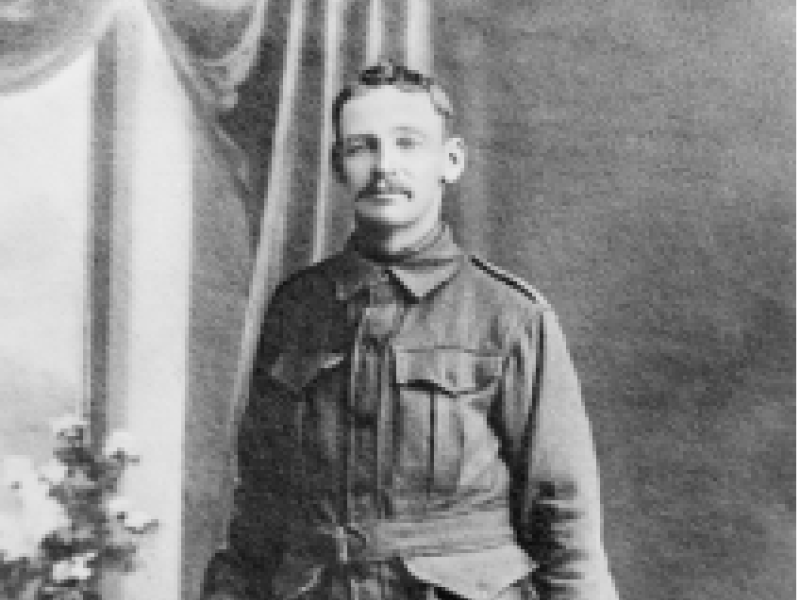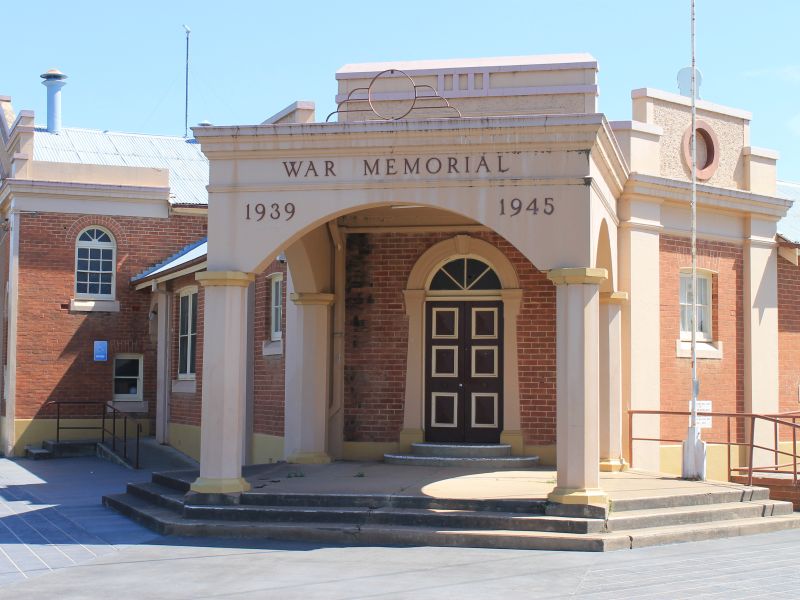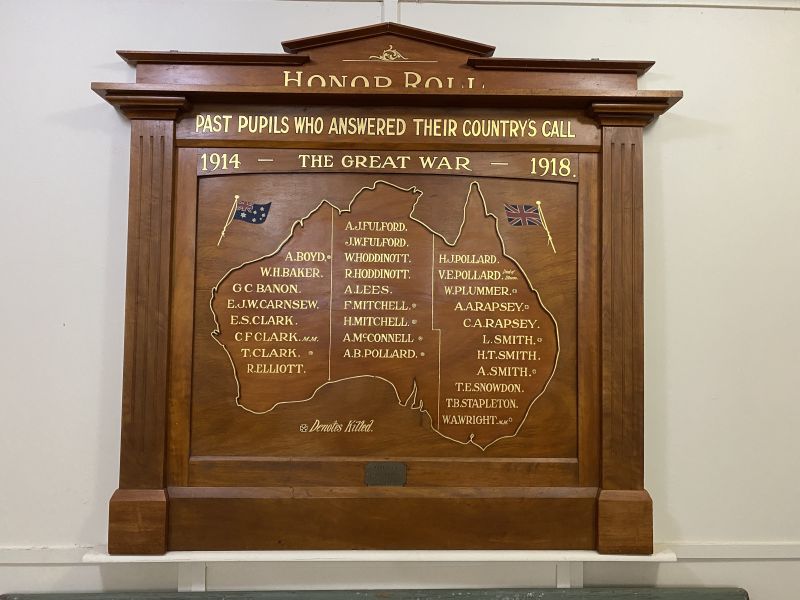Lot Smith
Lot was born on the 14th of October, 1877, at Bonegilla, Victoria. He was the sixth of seven children of Thomas and Mary (née Barker) Smith. His early education was obtained at the Bonegilla State School (No. 1749).
On the 4th of April, 1911, at the Methodist Church in Moama, New South Wales, Lot married Frances Amelia Telleson. The Rev. G.A. Judkins officiated the marriage. At some stage after their marriage, the couple moved to Culcairn and took up residence at Dora Cottage in Culcairn. Lot gained employment as a road maintenance man.
In early June of 1916, Lot arrived at the Cootamundra enlistment centre. His medical examination indicated that he had lost the top section of the big toe on right foot, although there is no explanation of how this happened. Perhaps an accident while repairing roads? He was passed as medically fit for a 36 year old man, allotted the Regimental Number 6822 and placed in C Company of the 1st Battalion. Throughout the next few months of training he would move between companies within the battalion.
With his initial training complete, he was posted to the 22nd Reinforcements for the 7th Battalion, embarking on SS Port Napier at Sydney on the 17th of November, 1916. He did not disembark in England until the 29th of January the following year. There are no records of the unit stopping at any place along the way, however the nine weeks it took the Port Napier to reach the UK seems a little long.
After arriving at Devonport the reinforcements were transferred to the 2nd Training Battalion based at Durrington in Wiltshire. It was here that the new troops were taught the skills needed at the Western Front. Lot was admitted to the Fargo Hospital on the 20th of February and remained there until the 14th of March. There is no indication in his records as to the reason why.
In late April he left England at Folkestone to join the 1st Australian Divisional Base Depot at Etaples, in France. Three weeks later he finally joined the 7th Battalion at Biefvillers, France, which had just been withdrawn from the front line. During the next few months the battalion would go through a series of training exercises and obtain reinforcements to bring it back up to strength.
The 7th Battalion was part of the 2nd Brigade of the 1st Australian Division. The 1st and 2nd Australian Divisions, totaling 24 battalions or almost 40000 men, were to take part in an offensive operation as part of the Third Battle of Ypres. The British Second Army, to which they were assigned, was instructed to take sections of the curving ridge, east of Ypres, which was crossed by the Menin Road.
Following a five-day bombardment, the two Australian Divisions advanced at 0540 hours towards an area known as Glencorse Wood. While the operation was a success it came at a large cost. By the end of the day of the 20th September, the two Australian Divisions had sustained over 5000 casualties, killed, wounded or missing in action. For Private Lot Smith (6822) the Battle of Menin Road was his first, and last, time in the frontline.
Private L W Regan (6815) of Sydney made a statement on what happened to Lot.
“Smith was with me in the 6th Platoon, B Company. In September we went in the Polygon Wood and Menin Road Stunt. On the 20th September I saw Smith get hit by a shell which killed him instantanously [sic]. I saw Corporal Sharveld (I think that is the way you spell his name), he is now a Sergeant, take Smith’s papers. I had to go, so cannot say whether Smith was buried, but he is sure to have been, as it was alongside the place where the Advanced Dressing Station was placed later in the day.”
Lot has no known grave.
Analysis of the 7th Battalion’s War Diary for this day provides a tragic explanation for Lot’s death. Between the hours of 0715 and 1730 there is only one record of the enemy using artillery, however, there are eleven messages, all recorded at different times, of Australian units asking for their own artillery to check fire as shells were falling short and causing casualties. Could Lot have been hit by “friendly fire”?
Lot is remembered on the Menin Gate Memorial (Commonwealth Memorial to the Missing of the Ypres Salient), the Australian War Memorial Roll of Honour, the Bonegilla State School Honour Roll, and the Culcairn War Memorial. For his service during the First World War, he was awarded the British War Medal and the Victory Medal.

 Stephen Learmonth
Stephen Learmonth
